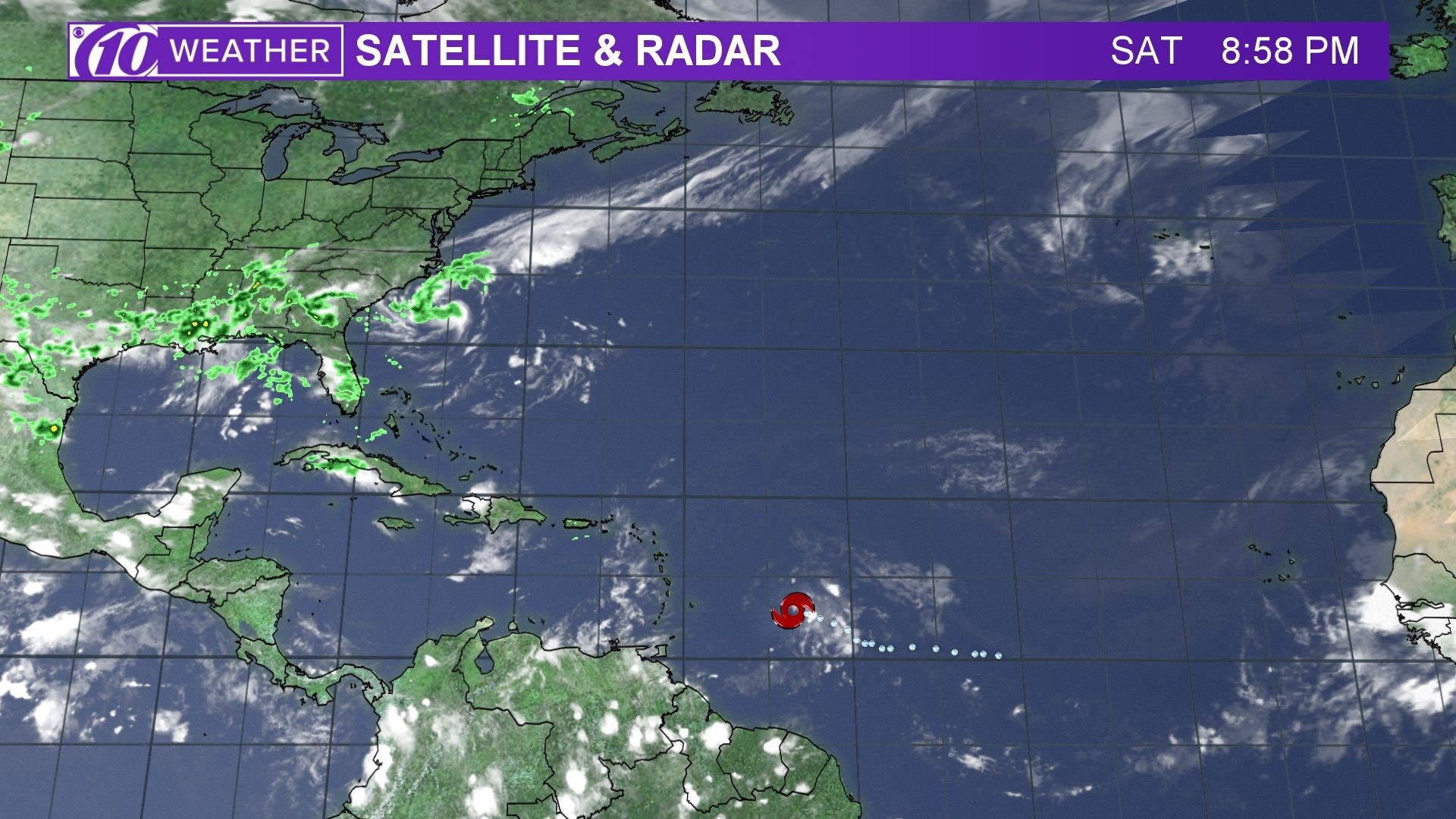Understanding Spaghetti Models: Hurricane Beryl Spaghetti Models

Hurricane beryl spaghetti models – Spaghetti models are a type of hurricane forecast model that uses a large number of computer simulations to predict the path of a hurricane. Each simulation uses slightly different initial conditions, which results in a different predicted path. The resulting collection of paths resembles a plate of spaghetti, hence the name “spaghetti models”.
Spaghetti models are used by hurricane forecasters to get a sense of the range of possible paths that a hurricane could take. The models can also be used to identify areas that are most likely to be impacted by the hurricane.
To predict the path of Hurricane Beryl, meteorologists rely on spaghetti models. These models show a range of possible tracks the storm could take. For the most up-to-date information on Hurricane Beryl’s forecast, visit the hurricane beryl forecast. By analyzing spaghetti models, forecasters can make educated guesses about where the storm will go and how strong it will be.
Types of Spaghetti Models
There are two main types of spaghetti models: deterministic and ensemble. Deterministic models use a single set of initial conditions, while ensemble models use a large number of different initial conditions. Ensemble models are generally more accurate than deterministic models, but they are also more computationally expensive.
Hurricane Beryl spaghetti models show a range of possible paths, making it difficult to predict its exact track. For the latest and most accurate information on Hurricane Beryl’s predicted path, visit hurricane beryl prediction. Spaghetti models can provide valuable insights, but it’s important to stay informed with the latest forecasts to ensure safety and preparedness.
Strengths and Limitations of Spaghetti Models
Spaghetti models have a number of strengths and limitations. One of the strengths of spaghetti models is that they can provide a wide range of possible paths for a hurricane. This can be helpful for hurricane forecasters, as it allows them to get a sense of the worst-case scenario and the best-case scenario.
One of the limitations of spaghetti models is that they can be difficult to interpret. The large number of paths can make it difficult to identify the most likely path of the hurricane. Additionally, spaghetti models are not always accurate, and they can sometimes predict paths that are significantly different from the actual path of the hurricane.
Interpreting Spaghetti Models for Hurricane Beryl

The spaghetti models for Hurricane Beryl show a wide range of possible tracks and intensities for the storm. The most likely track, based on the consensus of the models, is for Beryl to make landfall in Florida as a Category 1 hurricane. However, there is a significant amount of uncertainty in the forecast, and Beryl could potentially make landfall anywhere from Texas to the Carolinas.
The potential impacts of Hurricane Beryl depend on its track and intensity. If Beryl makes landfall as a Category 1 hurricane, it could cause significant wind damage and flooding. If the storm intensifies to a Category 2 or higher, it could cause even more severe damage.
Residents in the potential path of Hurricane Beryl should monitor the storm closely and be prepared to take action if necessary.
Potential Impacts of Hurricane Beryl, Hurricane beryl spaghetti models
The potential impacts of Hurricane Beryl include:
- Wind damage
- Flooding
- Power outages
- Coastal erosion
- Storm surge
The severity of these impacts will depend on the track and intensity of the storm.
Communicating Spaghetti Model Information
Communicating spaghetti model information effectively to the public is crucial for hurricane preparedness. Here’s how to do it:
Visual Representation
Create a table or infographic that visually represents the spaghetti models for Hurricane Beryl. Include:
- The tracks of each model
- The cone of uncertainty
- The predicted intensity of the hurricane
Written Summary
Write a summary of the model data and its implications. Include:
- The most likely track of the hurricane
- The range of possible tracks
- The expected intensity of the hurricane
- The potential impacts of the hurricane
Effective Communication Strategies
Use clear and concise language when communicating spaghetti model information to the public. Avoid technical jargon and use analogies or examples to make the information relatable.
Emphasize the uncertainty associated with spaghetti models and encourage people to stay informed and follow official guidance.
Use social media and other channels to disseminate the information widely and quickly.